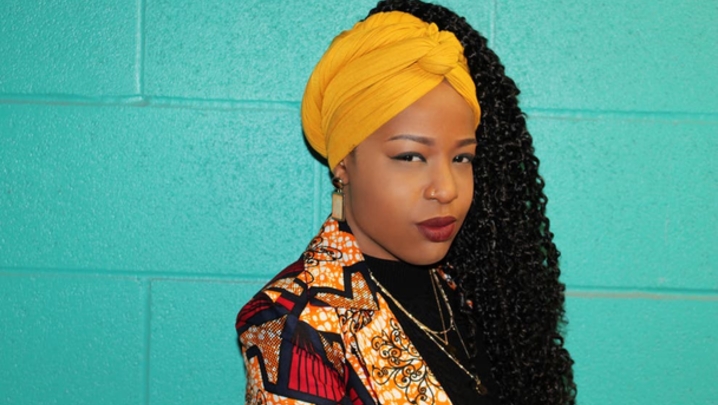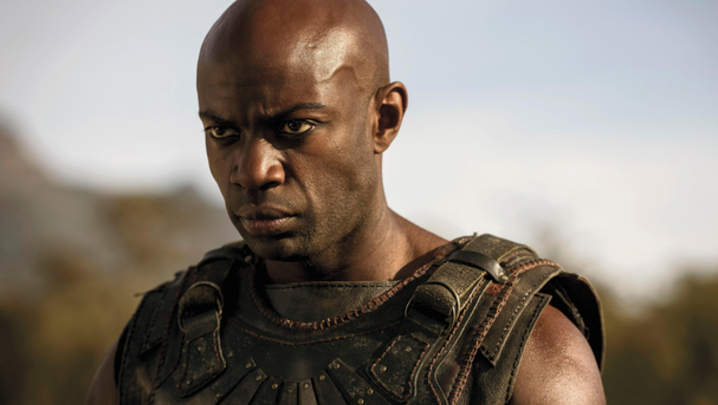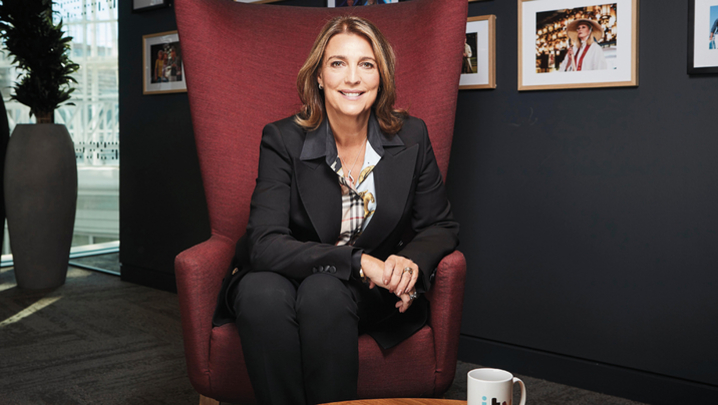An RTS panel raises some big questions concerning the TV sector’s inability to foster a genuinely diverse workforce.
If you thought that defining diversity was easy, think again. As the chair of a stimulating and thought-provoking RTS event, Aaqil Ahmed, formerly the head of religion and ethics at the BBC, concluded: “Diversity in itself is diverse. For me, that understanding of it isn’t there for a lot of people.… It’s not a numbers game… diversity is very complicated.”
Throughout the “Defining diversity? That’s easy” session, attempts to provide a definition that all the panel could agree on proved elusive.
Cat Lewis, CEO of Manchester-based Nine Lives Media, said one of the best definitions she had seen was in ITV’s anti-racist advertisement, published in response to the Black Lives Matter routine performed on Britain’s Got Talent by dance troupe Diversity. “It said: ‘We are changed by what we see just as we are changed when we are seen.’ That’s so true – to achieve it, you need to see it.”
There was, however, a consensus among the speakers that urgent work was needed from the top, whether it was government, Ofcom or a new body set up to ensure that the television sector finally effected real and lasting change on this most pressing of issues.
Only then would the industry be likely to recruit and retain staff from a wide range of backgrounds that truly reflected British society.
“It’s not something that should be in the hands of individual broadcasters,” said Ahmed, himself from a northern, working-class background, who was the first in his family to attend university.
Marcus Ryder, former head of current affairs at BBC Scotland and visiting professor at the Sir Lenny Henry Centre for Media Diversity, said: “Ofcom needs to define diversity and to set minimum standards for the broadcasters that it regulates.”
Creative strategy consultant Ally Castle, a former programme-maker, BBC audience insights expert and specialist in representations of disability, thought it was vital that the regulator did this in collaboration with the industry. “Yes, there are moral, commercial and creative cases for diversity but it’s the people on the ground who are the decision-makers and they need to support it,” she said.
Dr Clive James Nwonka, a fellow in film studies at the London School of Economics, said that, following the Black Lives Matter protests across the globe, the film and TV sector needed to translate its own reaction to George Floyd’s murder into policy and practice.
He said this would “require a coalition of stakeholders and sectors across film and TV coming together in a community of ideas to see how their different interests and investments in diversity can work in a holistic industry approach.
“What that looks like, I am not sure. I do think there needs to be some sort of consequence for failing to meet a target or a percentage or adhere to a particular standard. Without these, it is difficult to implement any long-lasting change.”
Ahmed said it was vital that broadcasters and companies based outside London, particularly in the north of England, recruited locally – and, in doing so, fully reflected the ethnic and social make-up of their areas.
‘There needs to be some sort of consequence for failing to meet a target’
“When you look at the move to BBC North and Channel 4 to Leeds, you know who the diverse groups are in those areas and expect to see them working for broadcasters in those areas.”
Nwonka explained why it was important for TV companies to take local demographics into consideration when conceiving and implementing diversity schemes. He said: “Percentages and targets are useful initially, but they can’t be the long-term solution. You need to go deeper and look at how different demographics exist in different areas of the country.”
Ryder agreed that the data used to measure diversity was often something of a blunt instrument and ignored key information, such as the level of the jobs that people from minorities were employed in.
“We take it for granted that, when we talk about 20% or 30%, we know what that means,” he said. “That’s dangerous. One of the ways we measure regional diversity is to look at percentages of salary spend. Yet, when we talk about 20% or 30%, it seems we’re talking about headcount.… We need to unpack what we mean by some of these percentages.”
One company – praised by Ryder – that has done pioneering work in hiring people representative of their local area was Nine Lives Media.
The company’s CEO said she was more optimistic than Ahmed about British TV’s progress towards employing more people from diverse backgrounds. “I genuinely think things are getting better.… Thirty-odd years ago, schemes were introduced to train diverse people to come into the industry and many independents didn’t do anything about it.
“Now, broadcasters are saying to independents: ‘We expect you to be genuinely diverse in your programmemaking and have diverse teams on- and off-screen.’ Broadcasters themselves need to ensure they are retaining people from diverse backgrounds and not having the revolving door and glass ceiling problem.”
She agreed that reflecting the different demographics of the UK in local workforces was important, especially since ITV was no longer a regional network of separate, often powerful, companies.
The decline of northern ITV franchise holders, such as Granada, Yorkshire and Tyne Tees, had changed the sector’s class profile. Lewis said: “The consolidation of television in London has meant that, as an industry, it has become very upper middle class. When I started in telly as a 16-year-old at Tyne Tees Television, it was full of working-class people.”
Regarding disability, Castle said there had been a lot of frustration over the BBC’s 12% target because it was “so much lower than the national representation of working-age disabled adults, which is around 17% to 19%.”
According to data published by Creative Diversity Network’s Project Diamond, which measures the number of people from minorities working in British TV, Castle said the overall figure for disabled people in the sector was “roughly around 5%”.
Again, however, there was a problem with defining disabled. “Everyone who has a disability has a very different lived experience of that disability,” noted Castle. “We don’t mind the term because there has to be an umbrella term for people who are disabled but, within that, there has to be an acknowledgment that there is a huge spectrum of experience.”
Lewis noted that the on-screen representation of disabled people was inadequate. She praised Tim Davie, the BBC’s new Director-General, for backing a “50-20-12 organisation”, referring respectively to the proportion of female staff, those from BAME backgrounds and people with disabilities. “It’s good leadership to be giving that message to the industry.”
Ahmed was more sceptical. He said that the BBC’s 20% target for BAME people was problematic because it was too general: “It’s not British Asian or British black – it’s black, Asian and minority ethnic. You could come from anywhere in the world and be included in the percentage.”
Nwonka agreed. He said: “We need to think more about British non-white identity as being crucial to inclusion.” He regarded diversity as “the management of difference in institutional cultures”.
The academic added that his and other researchers’ work suggested that part of the problem in defining diversity was that it was usually powerful, white, middle-class men who decided at a particular moment what diversity was. They also decided which “diverse” groups were included in the various diversity initiatives.
“It’s really dangerous to think of diversity as an all-encompassing, everyone can be included at the same time to the same degree [concept]. It’s not, but is completely contingent on how individuals feel at different times.”
Defining diversity is simple? Hardly.
Report by Steve Clarke. ‘Defining diversity? That’s easy’ was an RTS event held on 22 September. The producer was Angela Ferreira, Managing Director of Douglas Road Productions.





